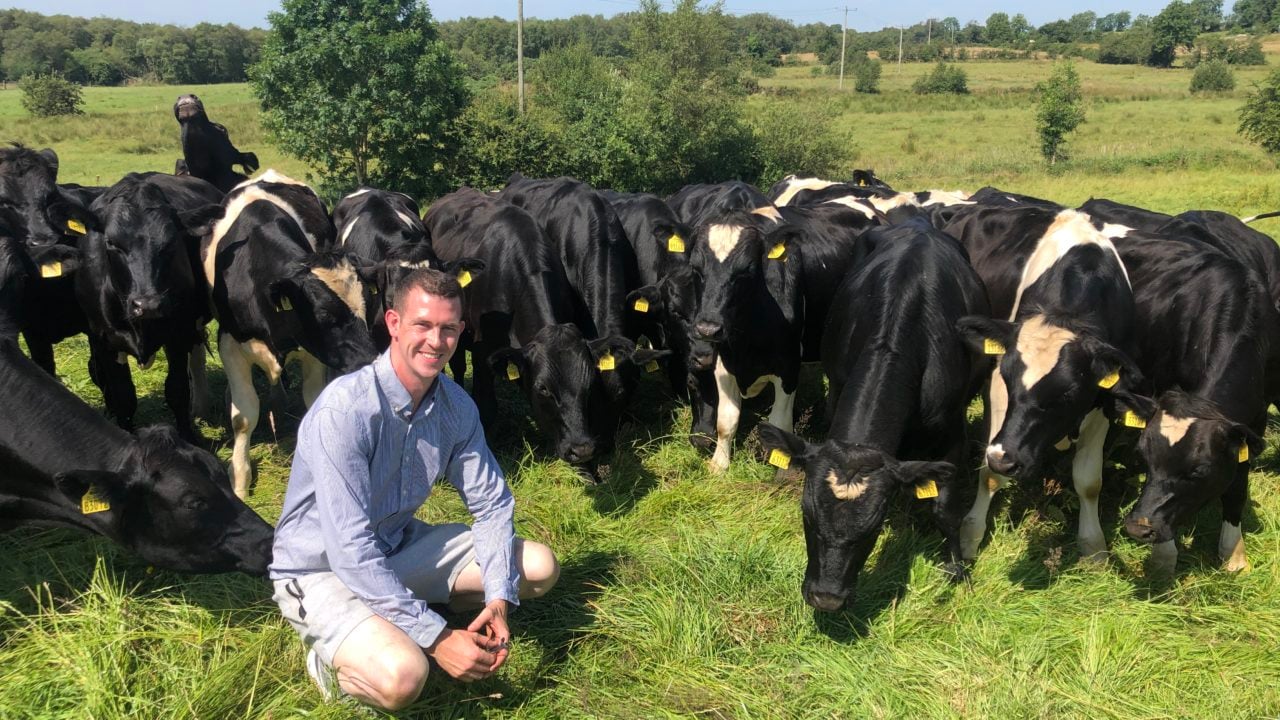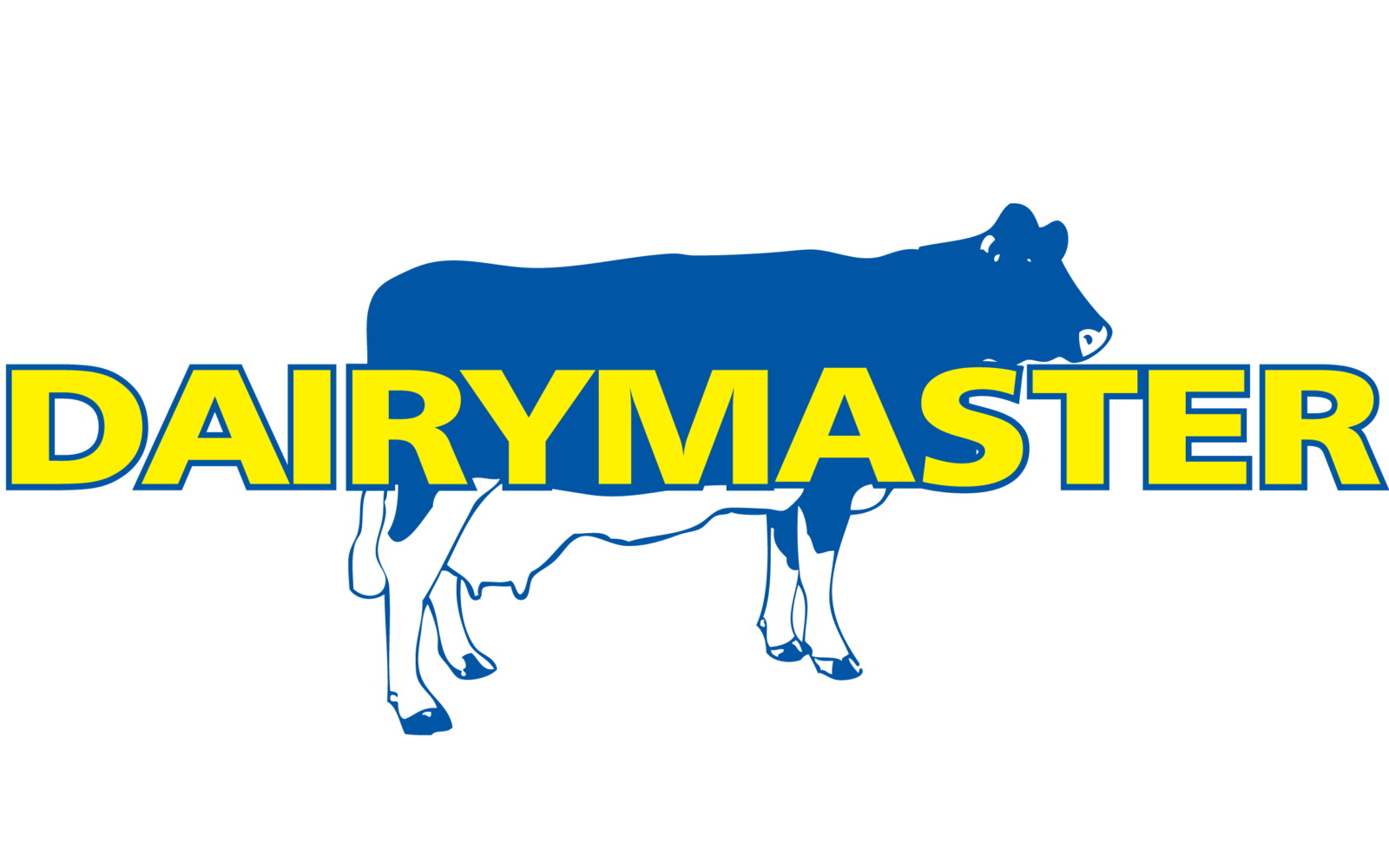Co. Cavan calf-to-beef farm set to host farm walk next week
Calf-to-beef farmers Charlie and Charles Smyth, based just outside Virginia in Co. Cavan, are set to open their farm gates on Thursday evening (July 10) for a farm walk.
Kicking off at 7:00p.m, the event is taking place in conjunction with Teagasc's DairyBeef 500 team.
The farm previously focused on an Agriland Beef Focus article. Click here to read the focus article.
According to Teagasc, the event promises to be "a valuable opportunity for anyone involved in dairy calf-to-beef to see at first-hand how a simple system, from calf rearing to finishing beef cattle, can be labour efficient while at the same time generating good levels of profitability".
Charlie Smyth, alongside his father Charles, run a progressive and commercially successful dairy calf-to-beef operation.
Their system is built around maximising beef output from grass, consistently hitting key performance targets, and managing costs to ensure a healthy profit.
Each spring, the Smyths purchase around 100 calves, both male and female, from dairy farms across the country.
Whether sourced directly from farms, or through local marts, calf selection is based on strong beef genetics and high Commercial Beef Values (CBV), with Charlie placing a firm emphasis on quality.
Calves are from a range of sire breeds including:
- Fleckvieh;
- Angus;
- Hereford;
- Friesian;
- Belgian Blue;
- Limousin;
- Charolais.
The last of the calves are currently still indoors being weaned off of milk; however, the bulk of the calves are now outside grazing.
Charlie does things slightly differently when it comes to weaning calves. They are usually kept inside for one month after coming off milk and are fed a diet of ad-lib meal and straw.
Charlie believes that this is key to having a calf that is well able to thrive when they go to grass.
Meal is kept with calves throughout the summer.
Charlie said: “I think 1kg concentrates/head/day is great for holding the condition on calves because not every day is going to be dry and sunny, and the reality is that not every day they will be going into the right grass covers either”.
Despite sourcing calves from a wide range of suppliers, a strict health plan keeps calf mortality impressively low at under 1% annually.
All calves are put on a vaccination programme for pneumonia and Infectious Bovine Rhinotracheitis (IBR) shortly after arrival.
Calves are outdoors about three weeks now, and will receive their first worm dose shortly.
Operating across five fragmented land blocks on a mix of free-draining and heavy drumlin soils, the Smyths’ farm presents a challenge that many beef farmers face, yet they can generate good levels of profit every year from calf-to-beef production.
If weather conditions are tricky in the spring, cattle may not get out until April in this part of the country so key to keeping the meal bill down is to make good-quality silage.
First-cut silage was mown on May 15 and will test at around mid-70s DMD (dry matter digestibility). Now with such high grass growth rates, a lot of surplus paddocks are being taken out as high-quality baled silage.
Since joining the Teagasc DairyBeef500 programme, the Smyths have invested heavily in farm infrastructure. In 2024, they constructed a modern finishing shed capable of comfortably housing 64 finishing cattle.
Grass utilisation is another focus area on the farm and Charlie has installed a new paddock system with centralised water troughs and temporary fencing to allow for flexibility and rotational grazing.
Cattle are typically moved every three days to improve grass utilisation.
Looking ahead, Charlie is determined to push animal performance further by improving grazing management.
Charlie said: “If you're not measuring what you have, you're more than likely to graze heavy covers out of fear of running out of grass.”
“That can really affect weight gain. This year, I’m putting a real focus on measuring grass to optimise cattle performance.
"I want a lot of my yearling cattle as close to 500kg by the first of October, and I just won’t achieve this if I’m constantly going into heavy grass covers.”
Along with the Smyths, Teagasc advisers and specialists will be available on the night of the farm walk for interactive discussions and to answer all questions that arise.
According to Teagasc, there will be a lot of valuable information and experiences shared and anyone with an interest in dairy calf-to-beef systems is free to attend.





